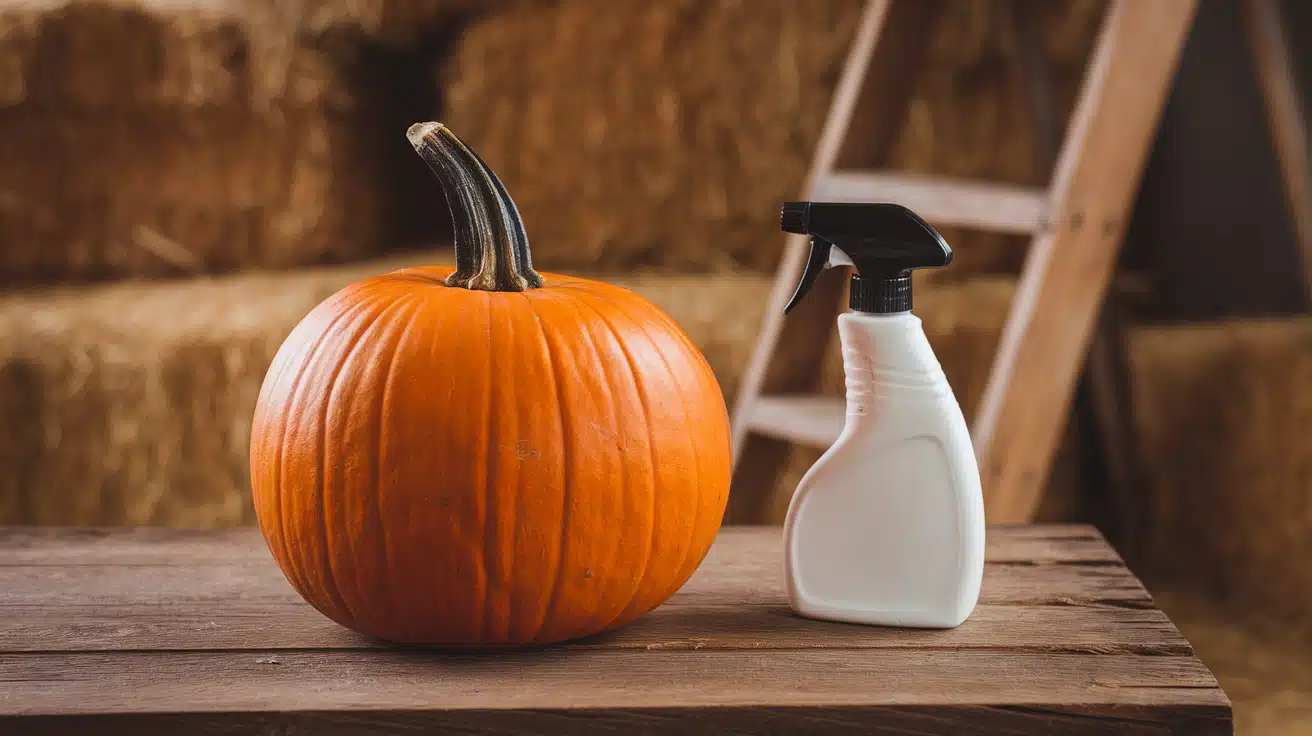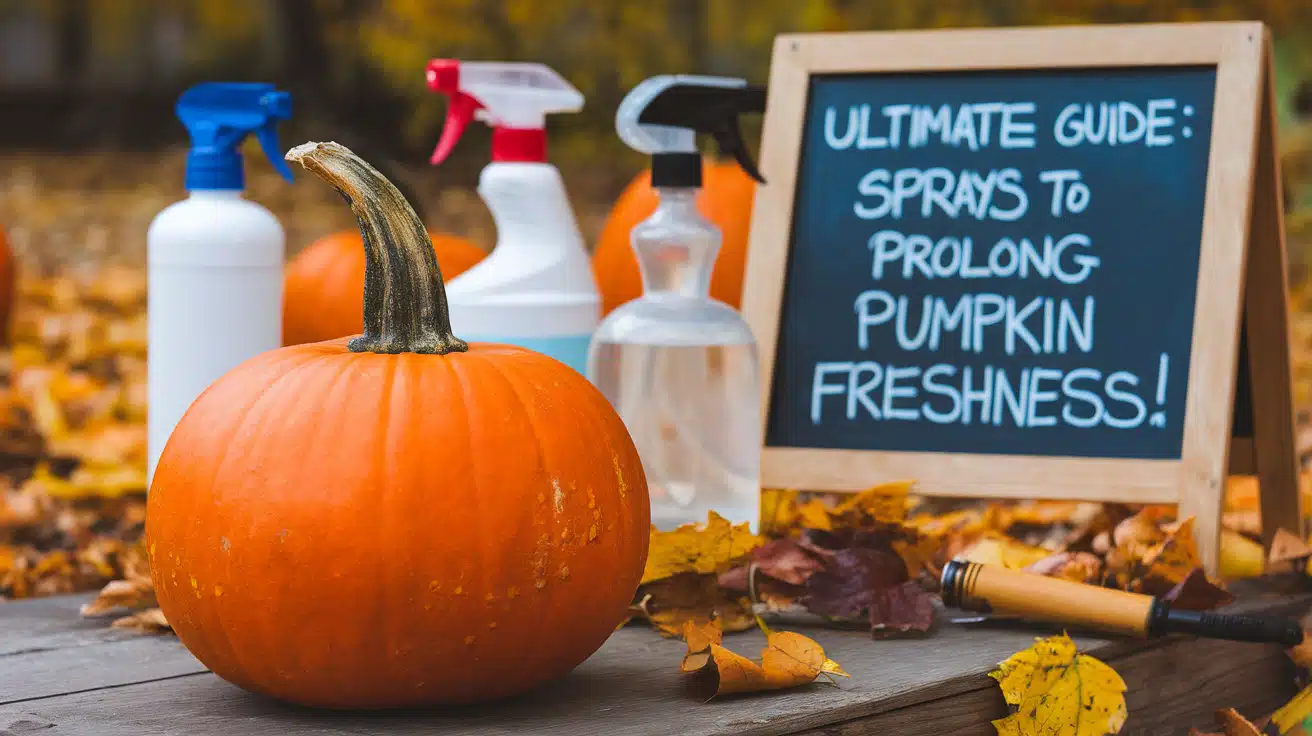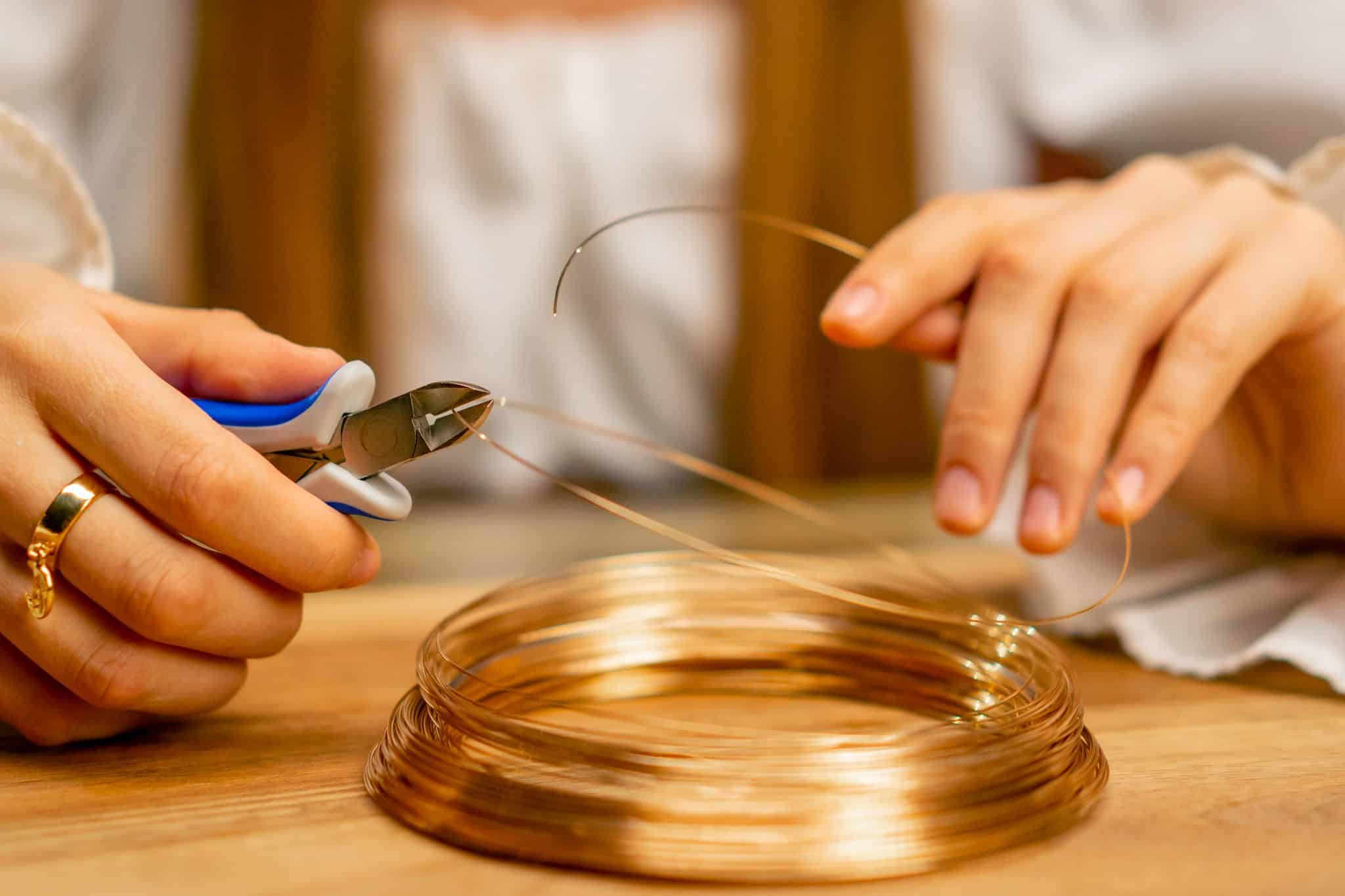Keep Your Pumpkins Fresh with These Easy Sprays
Your carved pumpkins look perfect on day one, but then they start to show spots and sag within days. What starts as a beautiful fall display can turn into a mess too soon. This happens to everyone who tries to keep pumpkins fresh during the season.
But don’t worry – keeping your pumpkins fresh is possible with the right methods. Simple sprays and daily care can make your pumpkins last weeks longer than untreated ones.
This guide shows you exactly how to pick good pumpkins and keep them looking fresh. You’ll learn which sprays work best, how to apply them safely, and the best ways to care for your pumpkins afterward.
By the end, you’ll know how to maintain your fall displays throughout the whole season.
Understanding Pumpkin Decay
The Science of Pumpkin Rot
Every pumpkin starts to break down after picking. This process happens when tiny organisms enter the pumpkin’s skin and flesh. Just like an apple turns brown when cut, pumpkins follow their timeline of natural changes.
Three main factors speed up this process:
First, water plays a big role. Their outer layer softens when pumpkins sit in damp spots or face rain. This makes it easier for small organisms to enter and break down the flesh.
Second, tiny living things like bacteria and mold love pumpkin flesh. These microscopic visitors multiply fast when they find good growing spots on your pumpkin’s surface.
Third, temperature makes a huge difference. Warm days speed up the natural breakdown, while cooler spots help pumpkins last longer. Your pumpkin might look fresh longer during fall’s cooler days.
Advantages of Pumpkin Preservation
Making your pumpkins last longer brings clear benefits:
First, your seasonal displays stay fresh and appealing for weeks instead of days. This means more time to show off your carved designs or decorated pieces. Your front porch can keep its fall charm without constant replacements.
Money stays in your pocket, too. Instead of buying new pumpkins every week, good care helps one pumpkin last through the season. This makes sense for your home budget and for reducing waste.
Think of pumpkin care like applying sunscreen at the beach—a little protection prevents unwanted effects. When you know what causes decay, you can take steps to slow it down.
Effective Preservation Techniques

1. Using a Bleach Solution
Bleach stops small organisms from growing on your pumpkin’s surface. Here’s what you need to know:
You’ll need:
- Regular household bleach
- Clean water
- Rubber gloves
- Spray bottle
Mix one tablespoon of bleach with 1 gallon of water. This makes enough solution for several pumpkins. Put on your gloves, fill your spray bottle, and coat your pumpkin’s entire surface.
Safety first: Always work in the open air and keep bleach away from your skin and clothes. Never mix bleach with other cleaning products.
2. Vinegar Solution Approach
White vinegar offers a natural way to keep your pumpkins fresh. Its acids help stop bacteria growth without harsh chemicals.
The recipe is simple:
- Equal parts white vinegar and water
- A clean spray bottle
Spray your pumpkin once daily, focusing on cut edges and the bottom where it touches surfaces. The smell will go away quickly, but the protection will stay.
3. Peppermint Oil Treatment
Peppermint oil does more than smell good – it helps keep fungi away and makes pests look elsewhere.
Mix 8-10 drops of peppermint oil with 2 cups of water. Spray this solution on your pumpkin daily. Your porch will smell fresh, and your pumpkins will stay nicer longer.
4. Isopropyl Alcohol Usage
Regular rubbing alcohol helps stop mold before it starts.
Pour some 70% isopropyl alcohol into a spray bottle and lightly coat your pumpkin. Remember:
- Work outside
- Keep away from flames
- Let dry completely
5. Petroleum Jelly Application
Think of petroleum jelly as a shield for your pumpkin. It blocks moisture from getting in or out of cut edges.
Use clean fingers or a brush to apply a thin layer along any carved edges. Yes, it’s messy, but it works well for carved pumpkins.
Methods to Avoid
Some popular suggestions might do more harm than good:
WD-40 might seem helpful, but it can make your pumpkin unsafe for display. It could catch fire or harm animals that might nibble on your display.
Hairspray doesn’t work well. It attracts dirt and can make your pumpkin sticky without helping it last longer.
Choosing the Right Pumpkin for Preservation
Criteria for Selection
When you pick a pumpkin, its future freshness starts right at the farm or store. A few simple checks can help you spot one that will last longer.
Look at the stem first. A thick, green stem shows the pumpkin is fresh from the vine. Avoid ones with stems that feel soft or show brown spots.
Press your thumb gently against the pumpkin’s surface. A good pumpkin feels firm all around, like a basketball. Any soft spots mean the pumpkin has started breaking down inside.
The bottom matters, too. Pick up each pumpkin and check where it sits on the ground. Look for clean, firm spots without dark marks or mushy areas.
Inspect Before You Buy
Take time to look over the whole pumpkin before making your choice. Here’s what signals a pumpkin will last:
The skin should be one solid color without green patches. Green areas mean the pumpkin isn’t fully grown and won’t keep well.
Run your hand over the surface. The best pumpkins have smooth skin without cuts, scratches, or bruises. Each tiny break in the skin lets bacteria start their work earlier.
Check the shape – odd bumps or irregular spots might hide problems inside. An even, balanced shape usually means better-growing conditions.
The pumpkin’s weight matters, too. When you pick it up, it should feel heavy for its size. Light pumpkins often have thin walls that break down faster.
Care After Preservation

Ideal Storage Tips
Your treated pumpkin needs the right spot to stay fresh. Think of it like choosing a good parking spot for your car – location matters.
Cool spaces work best. Keep your pumpkin in spots that stay between 50 and 65 degrees Fahrenheit. Hot areas speed up decay, even with treatments.
Light plays a key role, too. Place your pumpkin where it gets some shade during hot parts of the day. Full sun can cook your pumpkin from the inside out.
Set your pumpkin on a dry surface. A piece of cardboard or a wooden block works well. This lets air flow underneath and stops moisture from collecting.
Regular Upkeep
Checking your pumpkin takes just a minute each day. Look for changes in color or texture that might mean it needs more care.
Think about timing for new spray applications:
- Bleach solution: Every 5-7 days
- Vinegar spray: Daily light misting
- Oil-based treatments: Every 3-4 days
- Commercial sprays: Follow bottle instructions
Touch your pumpkin gently each day. If any spot feels softer than the rest, treat that area right away with your chosen spray.
Controlling Pests Naturally
Small visitors love pumpkins as much as we do. Here’s how to keep them away without harsh products:
Sprinkle cinnamon around your pumpkin. Many small animals stay away from strong spices, and it adds a nice fall smell to your display.
Mix water with a few drops of soap in a spray bottle. A light coating makes the pumpkin less tasty to nibbling creatures.
Place pine cones or acorns near your display. This will give hungry creatures another food option, so they might leave your pumpkins alone.
Conclusion
Making your pumpkins last longer doesn’t require complex methods or special tools. Each spray option we discussed—from simple bleach solutions to peppermint oil treatments—offers its own benefits. You can pick what works best for your needs and time.
The key lies in starting with a good pumpkin and giving it regular attention.
Think of it as setting up your fall displays for success from day one. Good care habits, like daily checks and proper storage, make a big difference.
Remember, even small steps count. Using these preservation methods helps reduce waste and saves money. You’ll spend less time replacing damaged pumpkins and more time enjoying your seasonal decorations.
These simple techniques help turn your short-term displays into lasting autumn memories.







